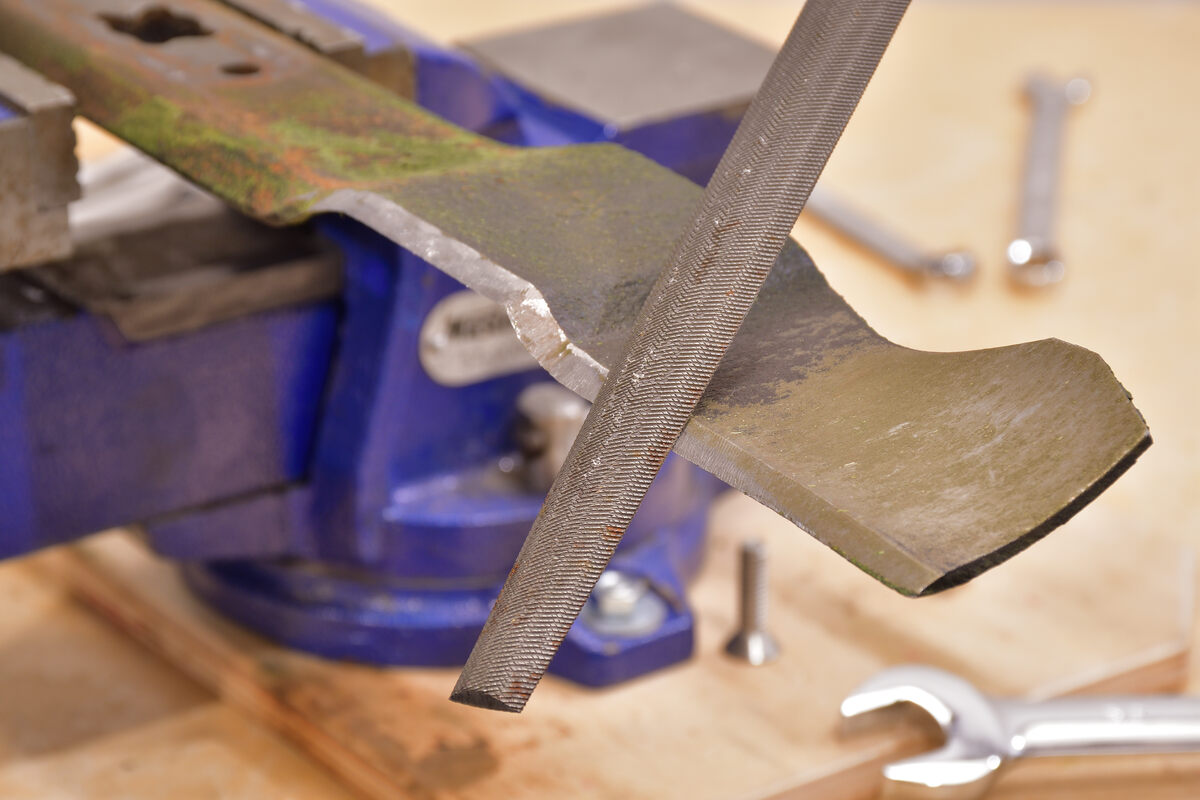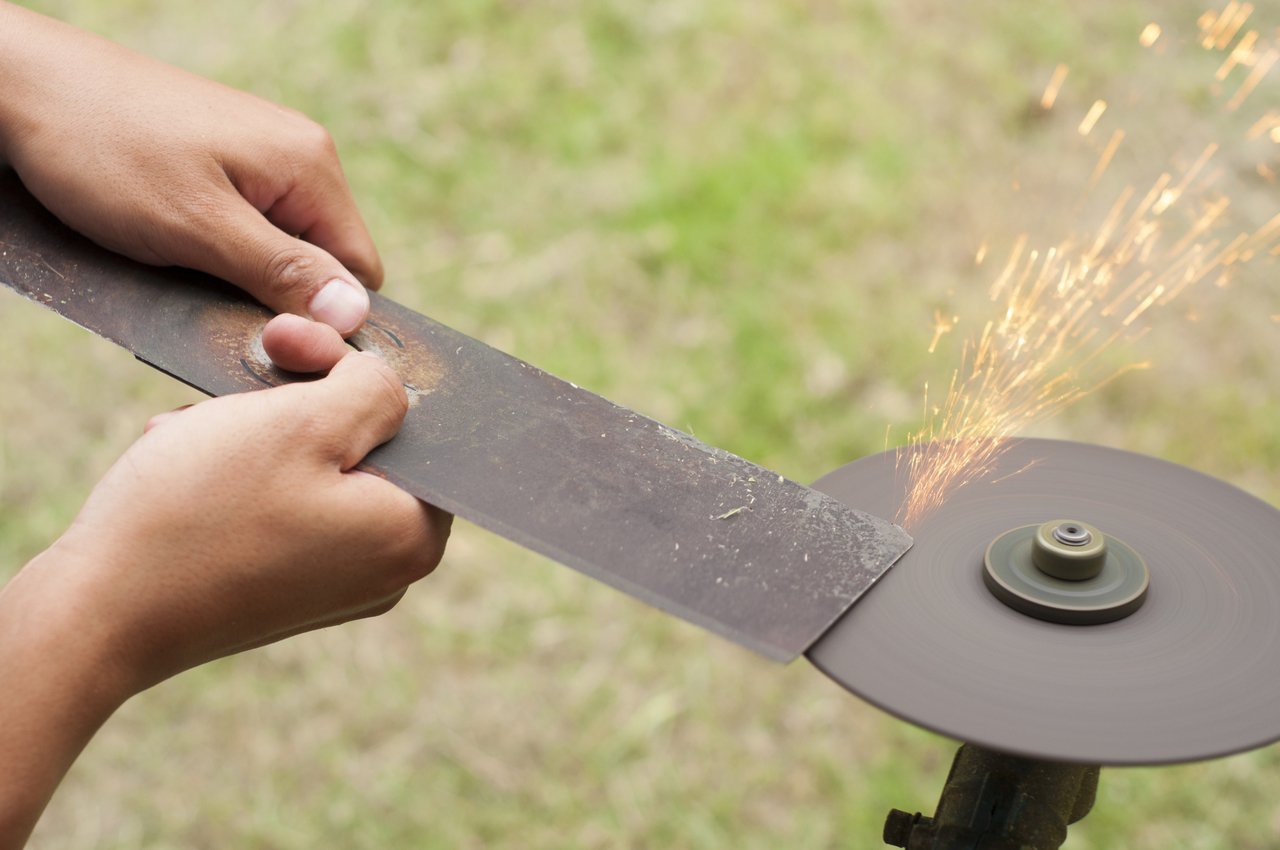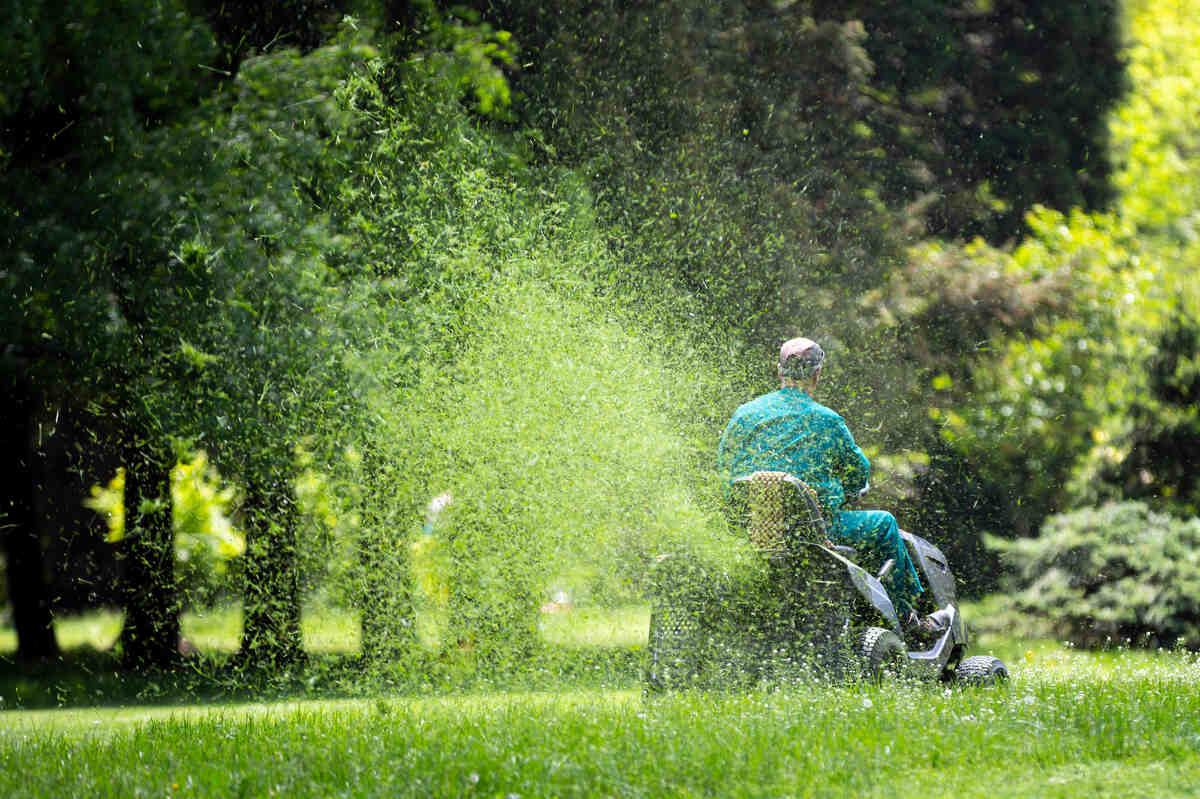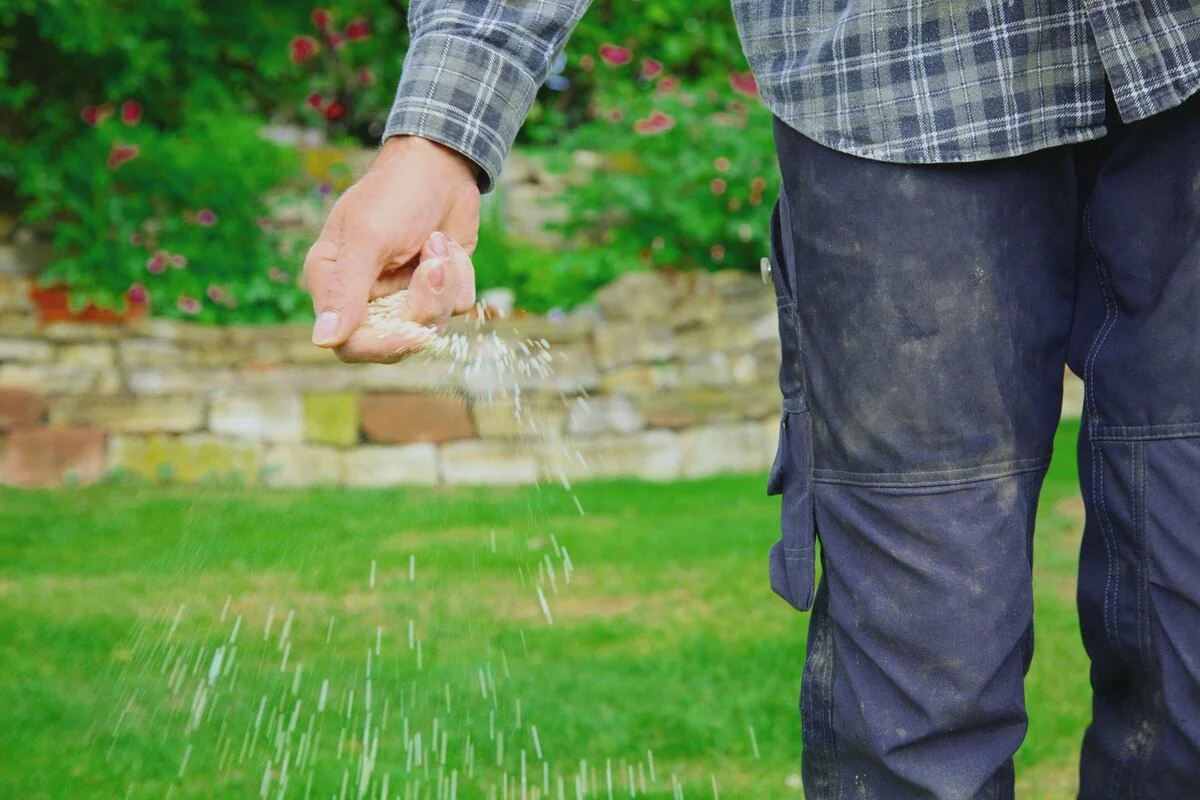
Cleaning the yard, checking for thatch, and conducting a soil test are a few of the 13 spring lawn care tips that will help your lawn recover from winter dormancy.
Lawn care is a lot of work though. Getting and maintaining a beautiful, healthy lawn takes hours of work. Sharpening mower blades, mowing your lawn, renting an aerator, fertilizing your grass — LawnStarter can help with all of these services if you don’t have the time, will, or energy.
But if you want to DIY your lawn care, we’ve got you covered, too. These are the 13 things you should do in the weeks ahead to keep your lawn looking good from spring into fall.
We’ve also included expert advice from two specialists to ensure your lawn has the best possible start this spring season.
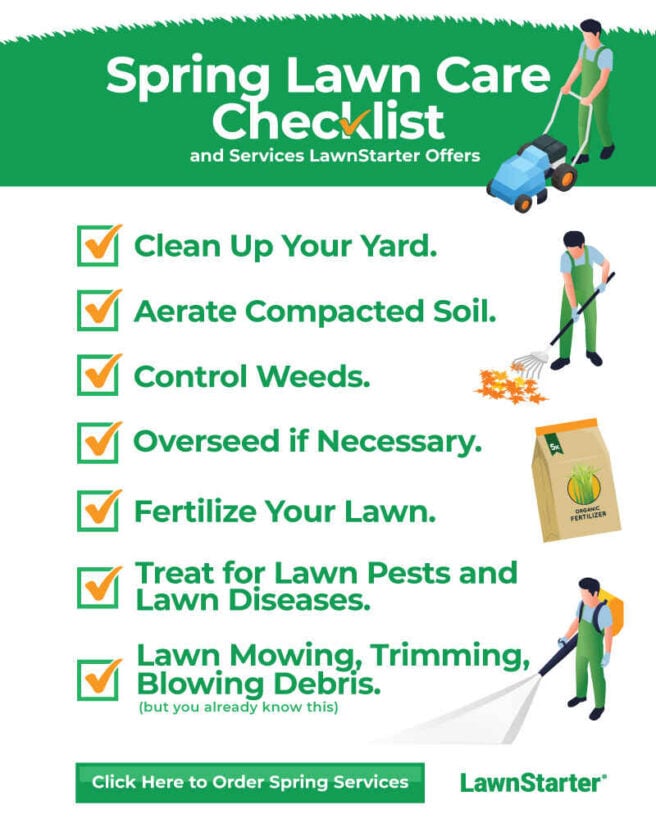
- 1. Clean Up Your Yard
- 2. Remove Excess Thatch
- 3. Aerate Compacted Soil
- 4. Conduct a Soil Test
- 5. Control Weeds
- 6. Overseed if Necessary
- 7. Apply Fertilizer
- 8. Get Your Mower Ready (Sharpen Blades, if Needed)
- 9. Inspect Your Sprinkler System
- 10. Start Mowing
- 11. Water Your Lawn Properly
- 12. Get Rid of Lawn Pests
- 13. Treat Lawn Diseases
- FAQ About Spring Lawn Care
1. Clean Up Your Yard
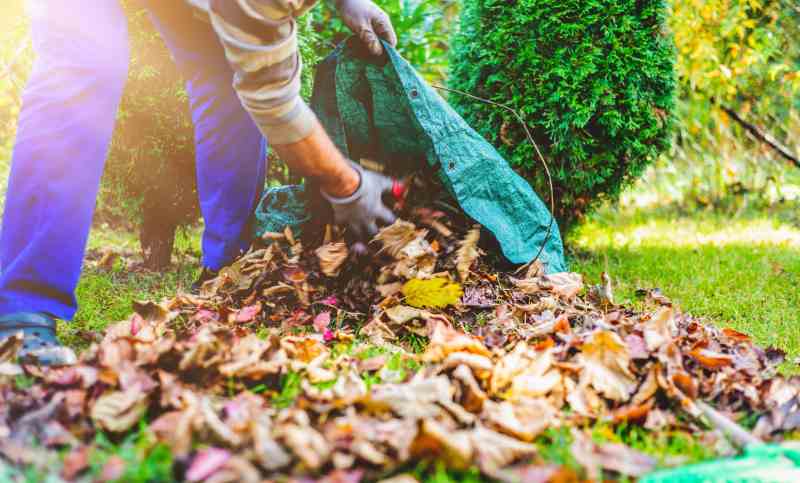
Spring cleaning should include your yard. What does this mean? Clean your yard of debris, like leaves, twigs, dead plants, and rocks before you start mowing. Just like you want to start with a clean slate, you also want to start the mowing season with a clean yard.
To start, you’ll need a leaf rake or a leaf blower, but only rake your lawn if the grass is dry. Otherwise, you might end up pulling out healthy grass.
If you find matted grass, use your rake to break it up. Often caused by snow molds, overwatering, and soil compaction, matted grass will make it more difficult for new grass to sprout.
Pro Tip: As an added bonus, you might get some composting material from all that debris, leaves, and dead plants. Just don’t add weeds or diseased plants to your compost pile.
See Related:
2. Remove Excess Thatch
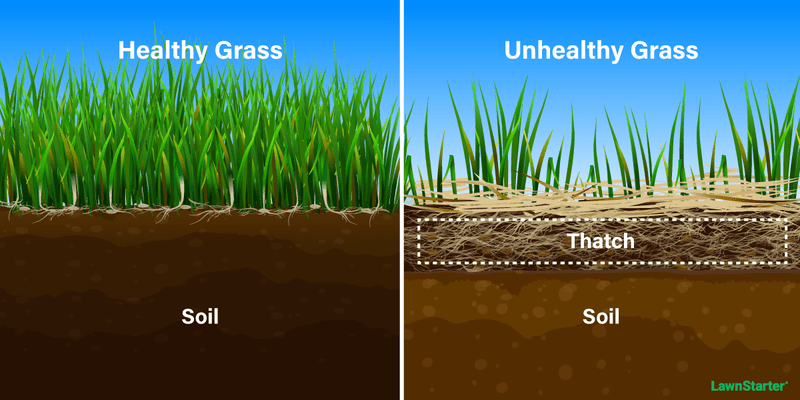
Does your lawn feel more springy and spongy when you walk on it? Thatch is the spongy layer of dead and living plant matter (roots, leaves, and stems) that lies under your grass but above the soil.
To check for lawn thatch, dig up 3-inch-thick samples of soil and measure the spongy layer’s thickness; if it’s a 1/2-inch or more, it’s time to dethatch. Dethatching can be a stressful procedure for your lawn, so dethatch when your grass is actively growing:
- Warm-season grasses can be dethatched in spring or early summer “when ambient temperatures range between 80-95 and adequate rainfall or irrigation is available to support recovery,” explains Becky Bowling, assistant professor in the Department of Plant Sciences and Extension Specialist at the University of Tennessee in Knoxville.
- Cool-season grasses can be dethatched in early spring, but as Aaron Steil, Consumer Horticulture Extension Specialist from Iowa State University, advises, “Early fall dethatching is most desirable. Lawns can be dethatched in the spring; however, competition from annual grasses, such as crabgrass, will be much greater.”
If you’re not able or willing to tackle this lawn care chore yourself, you can hire a local lawn care pro to dethatch your lawn instead.
See Related:
3. Aerate Compacted Soil
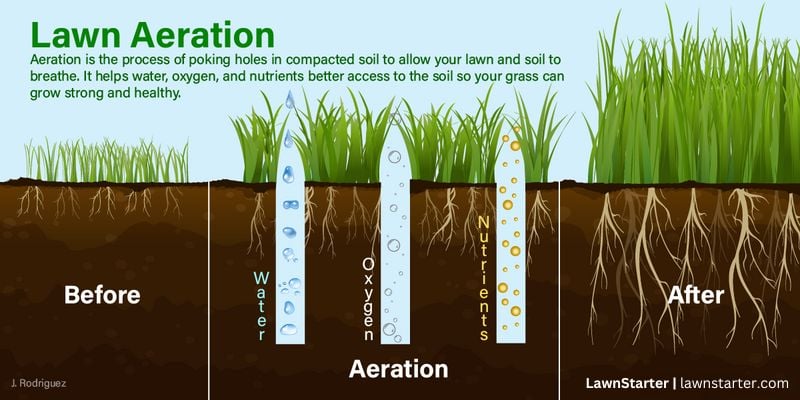
Aeration is important because it helps your soil breathe. Compacted soil can block the flow of nutrients, air, and water to grass roots.
To get rid of compacted soil you’ll need to create holes in your lawn with an aerator. This process is called aeration, and benefits of aeration include reduced thatch buildup and better drainage.
Aerating a lawn by yourself isn’t difficult, but you’ll need probably need to rent an aerator.
Aeration, though, can be stressful for your grass.
When is the best time to aerate your lawn?
- Warm-season grasses: Late spring is the ideal time to aerate a warm-season lawn.
- Cool-season grasses: While fall is the best time to aerate cool-season grasses, you can also aerate your lawn very early in the spring.
Don’t rush to aerate your lawn, since not all lawns need aeration. Also, if you plan on applying pre-emergent herbicides, you can skip aeration and dethatching this season.
Pro Tip: Soil is more likely to get compacted during the spring because of the frequent rains. Clay soils and frequently walked-on lawns are also more susceptible to soil compaction. Common signs of compacted soil in your lawn include puddle formation and increased weeds.
See Related:
4. Conduct a Soil Test
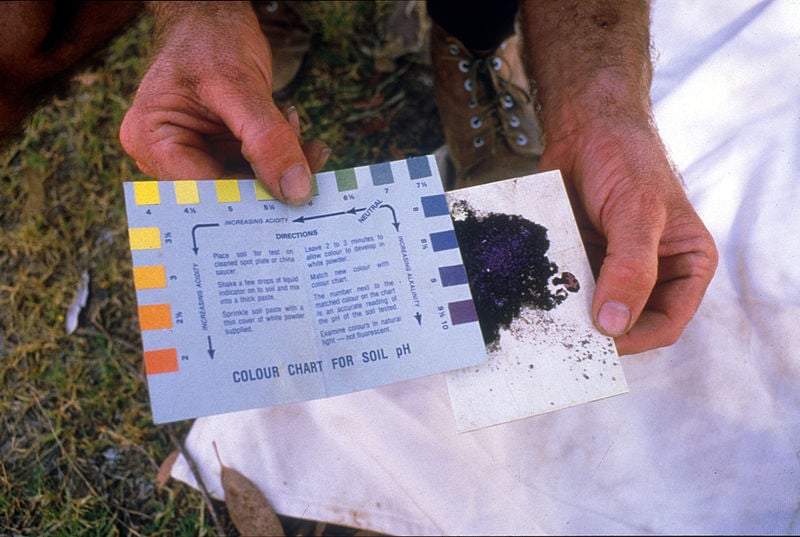
Different grass types do better in different soil types. To Bowling, conducting a soil test in the spring is essential.
“Soil testing, conducted through a local Extension Office or lawn care provider, is a critical step to tailor fertilizer applications to your lawn’s specific needs,” she says. “This prevents waste and unnecessary expenses.”
Depending on your test results, you may need to add soil amendments, like lime or sulfur, to change its pH level.
5. Control Weeds
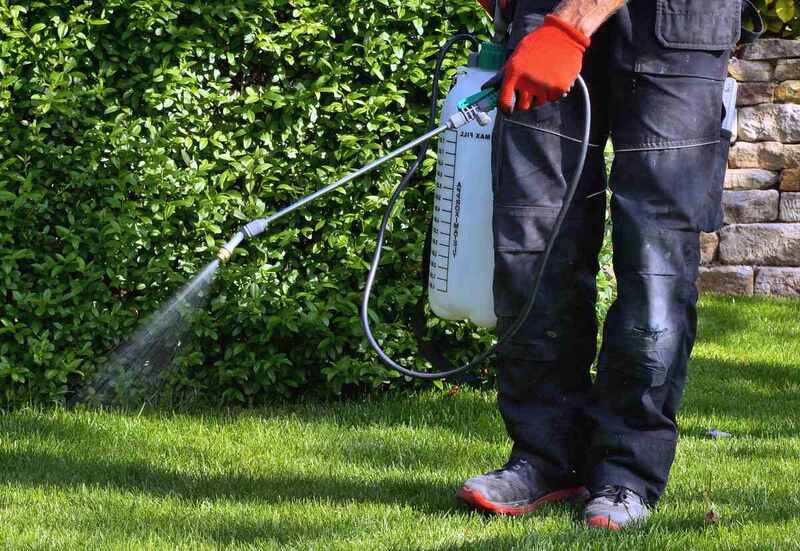
Spring is prime weed season, particularly for annual weeds such as crabgrass.
You can prevent grassy and broadleaf weeds with a pre-emergent herbicide or kill existing weeds with a post-emergent herbicide.
Apply Pre-Emergent Herbicides
Apply a pre-emergent weed killer to your lawn when soil temperatures consistently reach 50-55 degrees. Why wait? Pre-emergent herbicide will wear off if applied too early in spring — and be ineffective if applied after the weed seeds have germinated.
“A well-timed spring pre-emergent herbicide application can significantly reduce annual weed pressure,” Bowling says, “minimizing the need for frequent post-emergent treatments throughout the season.”
Note: Be careful if you plan to overseed your lawn this spring as pre-emergents also can prevent grass seeds from sprouting. In general, plan to wait between three to four months after applying pre-emergent herbicides to overseed.
See Related:
Apply Post-Emergent Herbicides
Post-emergent weed killers can kill only already established weeds. Post-emergent herbicides are effective against most weeds, but especially against perennial weeds like dandelions and clovers.
When using chemical herbicides, try to spot-treat visible weeds rather than using post-emergent herbicides on your whole lawn, since improper use of chemical herbicides can be toxic to people, pets, or the environment.
While you can use store-bought herbicides, you also have other weed control options. You can try hand-pulling, solarization, or DIY weed killer. If you don’t want to get down and dirty with lawn weeds, you can hire a lawn treatment pro instead.
Pro Tip: For cool-season grasses, things are a bit different: “We notice weeds in bloom and want to do something to control them,” Steil says. “However, you will be far more effective in eradicating these weeds if you apply herbicides in the fall.”
Why fall for cool-season grasses? “This provides better control and this brings with it some efficiency, which means you ultimately use less herbicide,” he adds.
See Related:
- How to Get Rid of Stubborn Weeds in Your Grass
- How to Get Rid of Dandelions
- How to Get Rid of Clover and Not Kill Grass
- Applying Post-Emergent Herbicides to Your Lawn
6. Overseed if Necessary
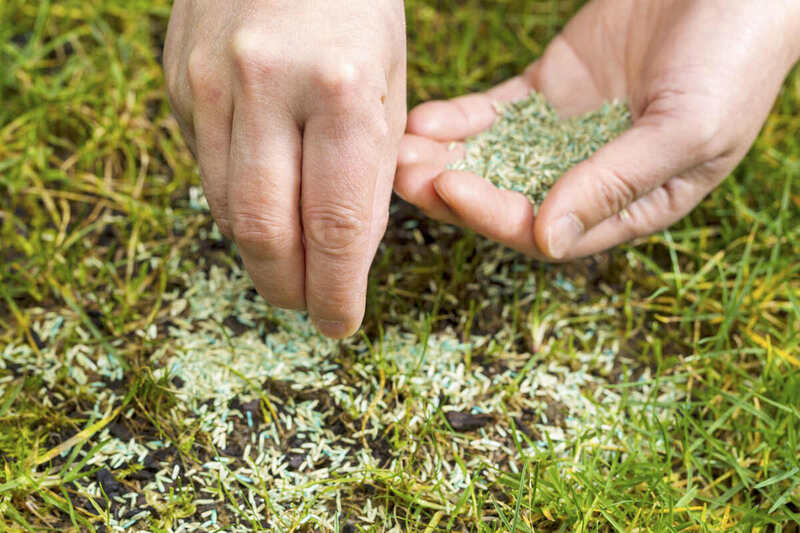
Grass can thin out or develop bare spots because of disease, neglect, and general wear and tear. The solution is simple: overseed. Check out our guide on How to Overseed a Lawn for easy step-by-step instructions.
The best time to overseed your lawn will depend on the type of grass you have.
- Warm-season grasses: Overseed in late spring.
- Cool-season grasses: It’s better to overseed these grasses in late summer to early fall, but you can overseed in early spring if your lawn is in dire need of fixing.
Here’s why: “Cool-season grasses will germinate quickly in the warm soil of late summer. The warm fall days and cool nights promote rapid turf growth,” Steil says. “Also, fewer weed species germinate in fall, so there is little weed competition.”
Pro Tip: If you plan on dethatching and/or aerating your lawn this spring, add overseeding as the next task on your spring lawn care schedule. Never dethatch or aerate a recently overseeded lawn, as it can disturb your grass seed and impair germination.
See Related:
7. Apply Fertilizer
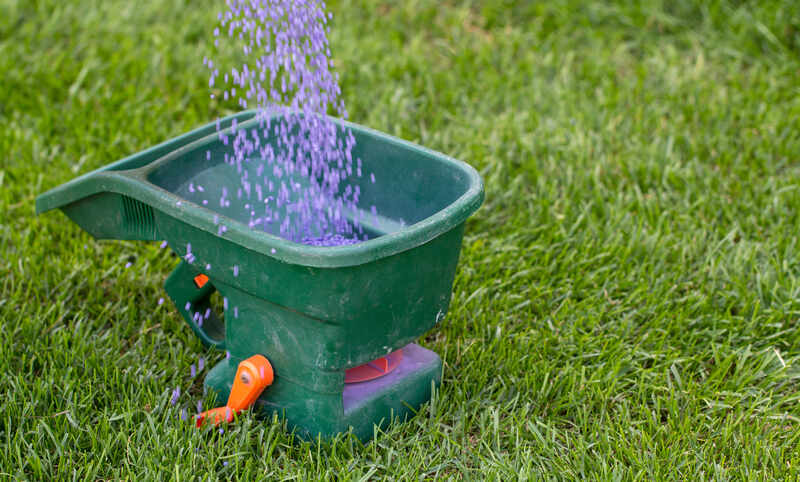
The three major nutrients your lawn needs to recover in the spring are nitrogen, phosphorus, and potassium. Lawn fertilizers contain these nutrients in different ratios, which you can check by looking at the “N-P-K” numbers on the label.
It’s better to fertilize lightly with a slow-release fertilizer in the spring, especially if you fertilized your lawn in the fall.
Pro Tip: “Smaller, more frequent nitrogen applications are often more beneficial than infrequent, high-rate applications this time of year,” Bowling says. “Homeowners may find products containing both quick- and slow-release nitrogen useful.”
Visit our guide to learn how to fertilize your lawn this spring: How to Fertilize Your Lawn.
When should you fertilize your lawn? Generally, you should wait three weeks after your grass has started to green up. This will be different for every homeowner based on your climate and grass type. If you’ve used herbicides on your lawn, wait a week before you fertilize.
See Related:
8. Get Your Mower Ready (Sharpen Blades, if Needed)
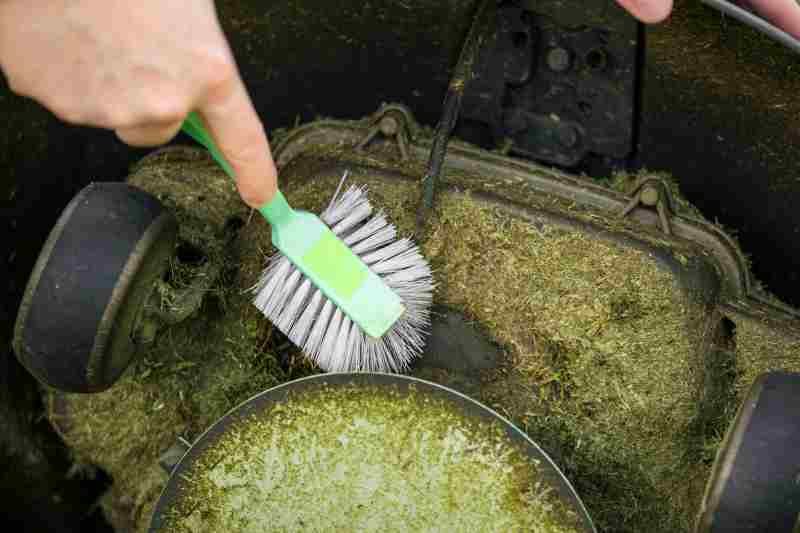
Before you start a rigorous grass cutting routine, make sure your lawn mower is ready with blades sharpened, and the underside clear of any packed grass.
“Regular maintenance of essential lawn care tools and equipment is key to achieving a healthy and well-managed lawn,” Bowling says. “At a minimum, mower blades should be kept sharp to ensure clean cuts that promote turfgrass health.”
So let’s start with your lawn mower.
- Start your lawn mower. If you run into any problems while starting it, your mower may need a tune-up.
- Check your lawn mower:
- For gas-powered lawn mowers: Change the oil, spark plug, and air filters. Refuel afterward.
- For battery-powered lawn mowers: Check the battery. Replace if it isn’t holding a full charge.
- Sharpen mower blades if they’re dull. Replace your mower blades if you see lots of chips or if you can’t sharpen them. A sharp blade makes for a clean cut, which is healthier for your lawn.
- Rinse beneath the deck. A lawn mower caked with grass clippings, dirt, and debris won’t perform well.
There are other Essential Lawn Care Tools that you may have in your shed. Here’s how to check and maintain them:
- Edger: Check for dirt and clean it up. Inspect your edger’s engine belts, edger head, fuel/battery, and air filter. Replace these parts if needed. Sharpen your edger if it’s dull.
- Lawn trimmer: Check for dirt and remove it. Inspect your string trimmer’s oil, fuel/battery, and air filter. Replace these parts if necessary. Replace the trimmer line.
See Related:
- How to Change the Oil in a Lawn Mower in 9 Steps
- Gas vs. Electric Lawn Mowers: What’s the Difference?
- How Often Should You Sharpen Mower Blades?
9. Inspect Your Sprinkler System
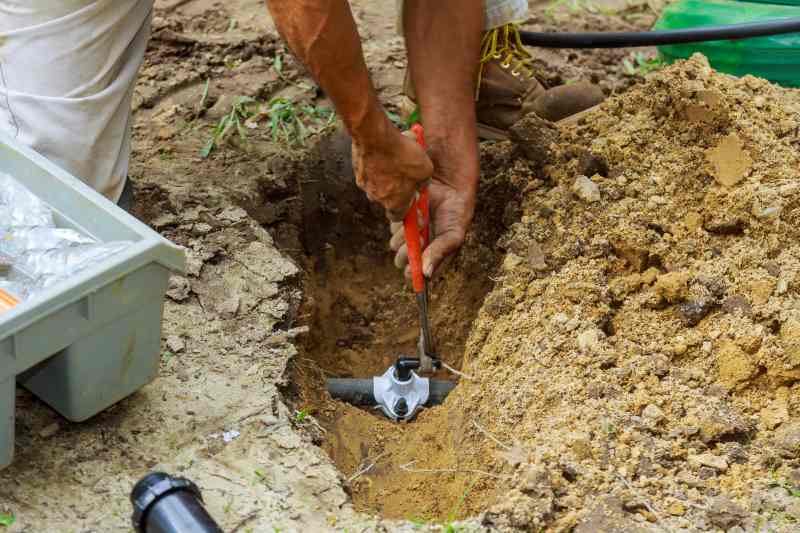
If winter brought freezes where you live, you’ll want to check your sprinkler system.
“Homeowners who rely on in-ground irrigation systems should inspect key components each spring or consider a professional irrigation audit,” Bowling says.
Here are the things you should look for when inspecting your sprinklers:
- Dirt and debris. Soak, brush, and rinse your sprinkler heads before turning them on. Cleaning your sprinkler heads will rule out clogging when checking your system for issues.
- Sprinkler heads facing the wrong direction. Your sprinklers may be facing toward the driveway, which wastes water that could have benefited your grass. Although sprinkler systems have varying adjustment instructions, you will typically need to turn an adjustment screw for each head.
- Puddles, weird streams, and runoff are some irregular water issues that might pop up with a broken sprinkler system.
Pro Tip: If you’re considering hiring a pro to check your sprinklers, Bowling offers advises: “Some municipalities or water providers in conservation-focused areas may offer free or discounted evaluations to ensure system efficiency.”
If you find issues with your sprinkler system, you can adjust or repair your sprinkler heads yourself, or hire a pro. But before you call to schedule professional service, see our article How Much Does Sprinkler Repair Cost? to have an idea of what you’ll pay.
10. Start Mowing
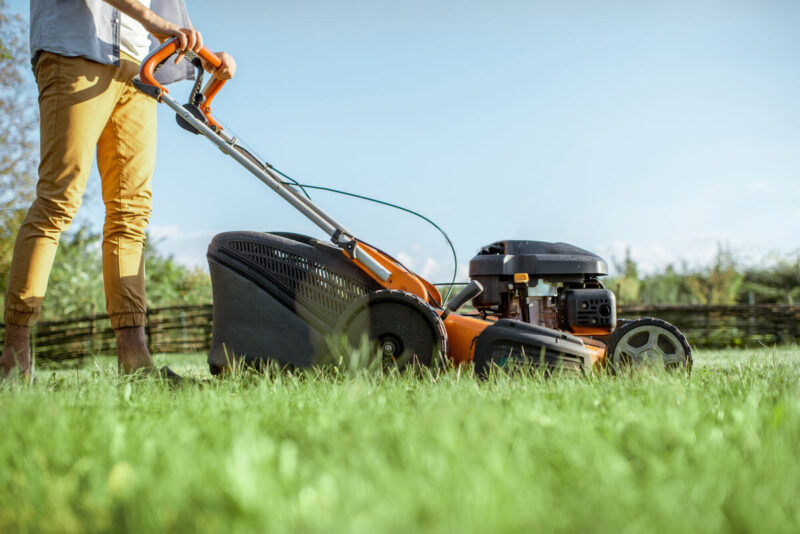
Depending on your local climate and your grass type, the first mow of the season will vary widely. “It is generally best to wait until the risk of late-season frost has passed, using historical frost dates as a reference,” Bowling says.
For cool season grasses, Steil advises: “Once the grass is green and growing, check regularly so it doesn’t get too tall before that first mowing.”
For Steil, a good rule of thumb is to mow when the grass is 50% taller than the ideal mowing height. He explains: “A lawn maintained at a 2-inch height should be mowed when the grass reaches a height of 3 inches, while a lawn maintained at a 3-inch height should be cut when it reaches a height of 4.5 inches.”
While mowing is quite simple, Steil considers it the most important spring lawn care task: “Mowing at the appropriate time and height is the single thing I would do if I couldn’t do anything else for my lawn in the spring. Grasses are adapted to be cut — in our lawns, it’s by a mower instead of a hungry herbivore.”
Here are the key tips for a perfect mow:
- Mow every other week in early spring and slowly ramp it up to once a week as the temperature warms up. This is especially true for warm-season grasses, which grow slowly early in the spring and will become more vigorous later in the season.
“For warm-season grasses, delaying aggressive mowing until the risk of late frost has passed can help maintain lawn health, while mowing frequency should be adjusted based on seasonal conditions to adhere to the 1/3 rule,” Bowling says.
- Don’t mow more than 1/3 of your grass height in one go. This can stress your grass. “The goal with mowing is to remove no more than one-third of the leaf blade in a single mowing,” Steil emphasizes.
See Related:
- When to Mow Your Yard this Spring
- Lawn Mowing Tips: How to Mow a Lawn the Right Way
- How to Compost Grass Clippings (4 Methods)
- How to Edge a Lawn In 8 Simple Steps
- How to Edge a Lawn With a String Trimmer
11. Water Your Lawn Properly
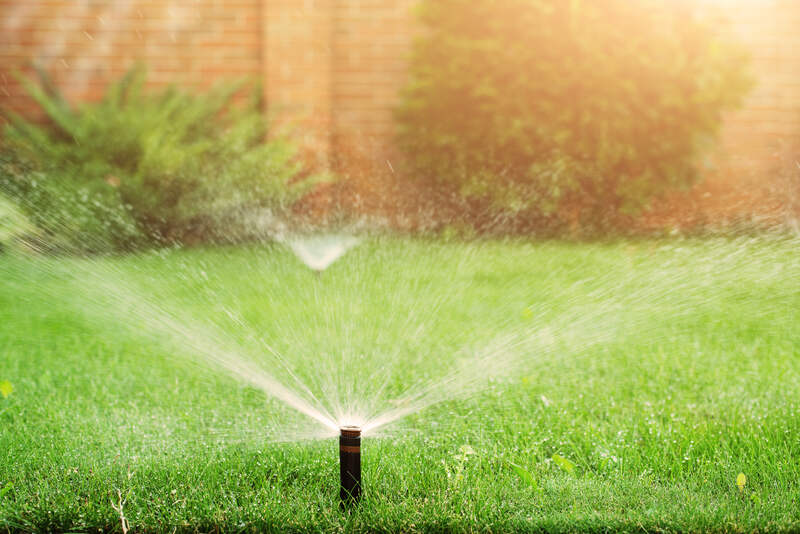
Under-watering your lawn is bad, but overwatering can be worse. Aside from reducing the drought resistance of your grass by promoting shallow root growth, overwatering also invites fungal diseases that can injure or kill your lawn.
Need tips on watering your lawn properly? We have you covered:
- Water your lawn between 5 a.m. and 9 a.m. This is the Best Time to Water your Grass, as it’s not hot enough to scald your grass but will still allow your grass to dry throughout the day.
- Check if your grass is thirsty before watering. A simple way to check is by stepping on your lawn. If the grass lays flat on the ground and doesn’t recover, then you need to water your lawn. Check out our article for more Signs Your Lawn Needs Watering.
- Don’t water your lawn as often in early spring. Less water evaporates from your lawn because of the cooler temperatures early in the season.
Pro Tip: Cool-season grasses need a bit more water than warm-season grasses in the spring:
- Cool-season grasses need 1 to 1.5 inches of water weekly.
- Warm-season grasses need about 1 inch per week.
See Related:
12. Get Rid of Lawn Pests
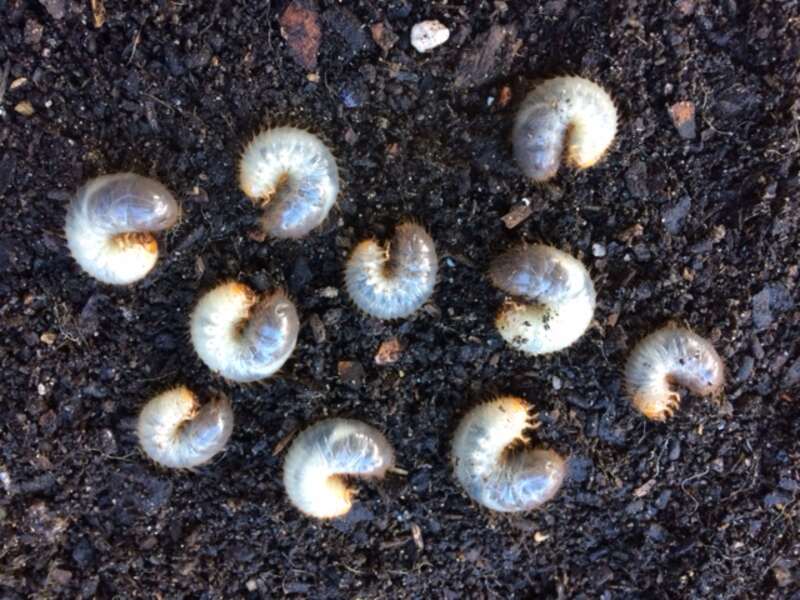
Photo Credit: Anna Gregory / Flickr / CC BY 2.0
In spring, lawn pests that can wreak havoc on your lawn. The worst of them may be grubs, but there are many others. See some of the pesky pests you might encounter this spring in Common Insect Pests Damaging Your Lawn.
If you see signs of lawn pests in your grass, you have a few pest control options, ranging from traditional pesticides and organic insecticides to integrated pest management and beneficial nematodes.
Understandably, not everyone wants to be hands-on when it comes to pest control. If that sounds like you, why not hire a lawn treatment service to apply a grass treatment instead?
See Related:
- Lawn Grubs: How and When to Kill Them
- How to Use Diatomaceous Earth for Lawn Pest Control
- Organic Pest Control for Your Garden That Really Works
- Beneficial Nematodes: Where to Buy Them and How to Use Them
13. Treat Lawn Diseases
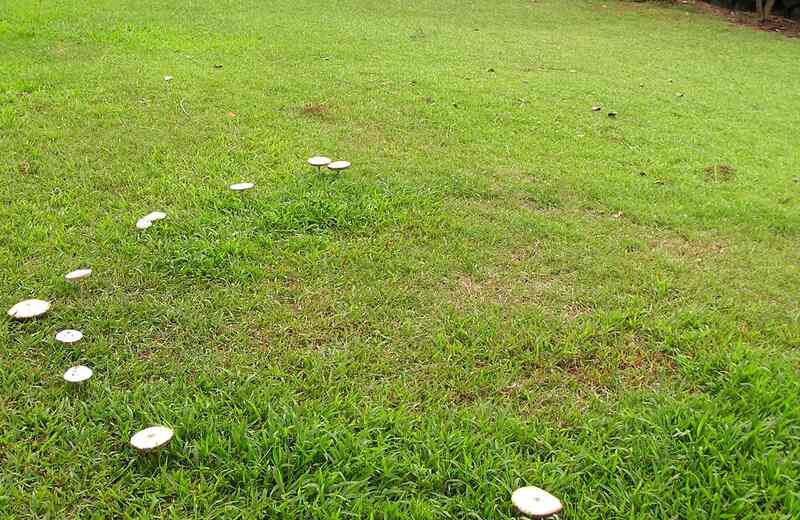
Cool and wet spring weather — and overwatering your grass — can invite fungi into your lawn.
Most common lawn diseases cause lesions and discoloration of grass blades, eventually leading to thinning. In the worst-case scenario, your lawn will develop bare patches of dead grass after the fungi attack the roots. You may even see foreign bodies that look unsightly on your grass.
The key to preventing these diseases from taking hold of your lawn is caring for your lawn properly, especially when it comes to irrigation. If all else fails, consider lawn treatments with fungicides to control and prevent these diseases.
See Related:
FAQ About Spring Lawn Care
Fertilize your lawn after dethatching. Dethatching is an aggressive lawn care procedure that can end up removing your fertilizer from the soil. Additionally, by fertilizing after dethatching you can aid the recovery process of your grass.
If your lawn experiences heavy foot traffic, you may need to aerate your lawn every year or every two years. Most home lawns should be aerated every two to four years.
To learn about factors that affect frequency, check out When and How Often Should You Aerate Your Lawn?
You should hold off on spring lawn care until you’re sure your area won’t experience a late frost. Even then, you will need to wait until after your lawn has greened up for some tasks, like fertilization.
Hire a Pro to Help With Spring Lawn Care
Since spring is your lawn’s chance to recover from the cold winter temperatures, you should start your spring lawn care routine right. It can mean the difference between a green lawn and an unsightly one.
If you don’t have the time to care for your lawn during this crucial time, then consider hiring a pro to do it for you. LawnStarter can connect you with local lawn care professionals who mow grass, fertilize lawns, and much more. Hire a LawnStarter pro or get a free quote today.
Read More:
- Spring Lawn Care Tips for the Northeast: What to Do and When to Do It
- Spring Lawn Care Tips for Portland, OR
- Spring Lawn Care Tips for North Dakota
- Spring Lawn Care Tips for San Diego, CA
- Spring Lawn Care Tips for Miami, FL
Main Image Credit: ImageSine / Adobe Stock
